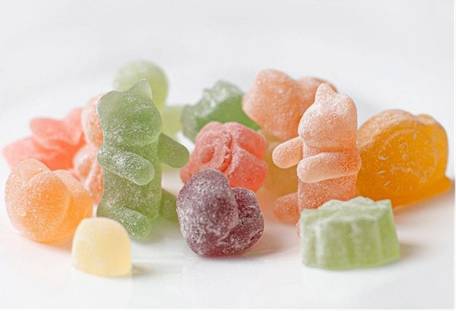The Importance of Quality Control and Safety in the Slime Market
The slime market, though seemingly a niche segment, has seen significant growth and popularity, especially among children and young enthusiasts. This rise in popularity brings with it a pressing need for stringent quality control and safety measures. The importance of these measures cannot be overstated, given the potential health risks associated with substandard or unsafe slime products. Quality control in the slime market ensures that products meet specific standards and are safe for consumer use. This involves rigorous testing of the raw materials used in slime production. Many slimes are made from ingredients such as polyvinyl alcohol, borax, and various dyes and fragrances. Each of these components must be tested for purity and non-toxicity. Without stringent quality control, harmful chemicals could find their way into the final product, posing serious health risks to users, particularly children who are more susceptible to toxic substances. Ensuring that each batch of slime is free from contaminants is crucial for maintaining the integrity of the product and the safety of the consumers.
Safety measures extend beyond the ingredients themselves to include proper labeling and clear usage instructions. Products should be labeled with all ingredients and potential allergens, providing transparency and allowing consumers to make informed choices go to slime shop. Additionally, clear instructions on how to use the slime safely, such as warnings against ingestion and guidance on proper storage, are essential. These instructions help prevent accidents and ensure that consumers can enjoy the product without adverse effects. Another critical aspect of quality control in the slime market is compliance with regulatory standards. Different countries have varying regulations regarding toy safety, and manufacturers must adhere to these standards to ensure their products are safe for use. This compliance not only protects consumers but also helps build trust and credibility for the brand. Manufacturers who invest in quality control and safety are more likely to gain a loyal customer base and positive reputation in the market. Moreover, the environmental impact of slime products is a growing concern. Quality control measures should include the evaluation of the environmental footprint of both the production process and the disposal of slime.
Using eco-friendly materials and sustainable practices can significantly reduce the negative impact on the environment. Educating consumers about proper disposal methods can also mitigate the environmental harm caused by discarded slime. The economic implications of neglecting quality control and safety in the slime market are substantial. Product recalls, legal liabilities, and damage to brand reputation can result from safety failures. For small and large businesses alike, the costs associated with these consequences can be devastating. Investing in quality control and safety measures from the outset can prevent such scenarios, ensuring long-term profitability and brand stability. In conclusion, the importance of quality control and safety in the slime market is paramount. Protecting the health and safety of consumers, particularly children, must be the top priority for manufacturers. By adhering to stringent quality control standards, providing clear safety instructions, complying with regulations, and considering environmental impacts, companies can ensure that their slime products are both safe and enjoyable.





